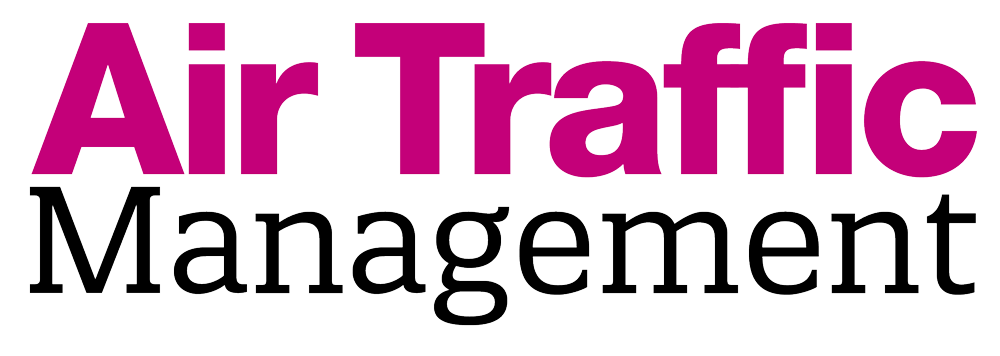In response to the dynamic challenges posed by weather in the aviation industry, NAV CANADA, in collaboration with experts from across the aviation industry, developed the new reference as an educational tool that will complement existing weather training and course curriculums in support of enhanced situational awareness and safety during any planned flight. A significant number of users, from flight schools to airport authorities and commercial airlines, have already planned to build the Aviation Meteorology Reference into their training.
The Aviation Meteorology Reference is the first of its kind in the world to merge both operational and meteorological aviation information in one place. Accessible to both members of the aviation community and the public, this new tool will provide weather fundamentals, historical weather examples, and aviation perspectives from members across the industry to illustrate how weather systems can impact and influence aviation operations. Overall, it will support safety, efficiency, and collaboration within the aviation community by providing an increased and common understanding of weather phenomena.
“In developing the Aviation Meteorology Reference, the Weather Application Team at NAV CANADA is solidifying our commitment to advancing knowledge and fostering a safer future for the industry,” said Sophie Splawinski, NAV CANADA’s Manager of Network Aviation Weather and project lead.
The Aviation Meteorology Reference content comes directly from experts such as flight service specialists, air traffic controllers, meteorologists from the Meteorological Service of Canada (MSC), operations duty managers, commercial flight dispatchers, commercial pilots, general aviation pilots, certified flight instructors, airport authorities and NAV CANADA’s National Traffic Management Unit (NTMU).
“We explain the science behind the weather, tie it back to historical events through the use of past forecast products, what was actually observed, and discuss potential impacts on everything from a single-engine Cessna to a wide-body commercial airliner and beyond,” adds Splawinski. “Providing a common understanding of weather and how it can affect us all differently will increase safety, both on the ground and in the air, and elevate our ability to work together more efficiently.”
The Aviation Meteorology Reference is a free bilingual resource which allows users to access meteorological explanations curated for the aviation industry and each weather term will tie back to resultant impacts experienced by various operational users. The Aviation Meteorology Reference serves a dual purpose as a comprehensive reference guide for both weather and aviation-related information.
